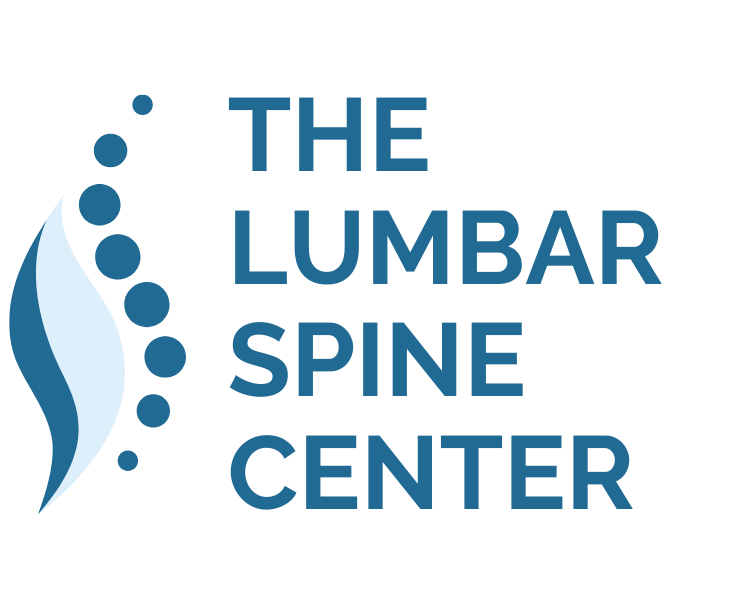Foot drop is common diagnosis when the L5 nerve is compressed from a disc herniation, foraminal stenosis, or spondylolisthesis. Other less common diagnoses include external trauma to the lower leg or nerve sheath tumors however, those topics will not be discussed here. A disc herniation at L4-5 or a foraminal disc at L5-S1 can compress the L5 nerve root causing pain, numbness, or weakness including any combination of those symptoms. Patients will develop a “foot drop” or “floppy” foot where they cannot dorsiflex or lift the foot upwards while walking. The foot drags and often causes the patient to trip making it very difficult to go down stairs. Any time some one develops a foot drop, an MRI of the Lumbar Spine should be done to rule out nerve root compression. If a disc herniation is found, the patient is usually started on oral steroids to reduce pain and when tolerable, the patient can start physical therapy. A foot drop is concerning if it is (1) complete or, (2) if it does not get better over 4 – 8 weeks. In those particular cases, the surgeon may consider surgical decompression sooner than later.
Treatment
Non-operative. The initial course of treatment after the diagnosis has been made is oral steroids, rest, and non-steroidal anti-inflammatory agents. Once the pain has lessened, you may be referred for a course of Physical Therapy. Other options include an epidural injection to help with the pain.
Surgery. Patients are referred to a surgeon if there is a persistent weakness that does not improve after 8 –12 weeks or the pain is intolerable. Surgery includes a Micro-Foraminotomy or Diskectomy where the arthritis is removed through a small incision (1.5 inches), takes approximately 45 minutes, and patients go home the same day.



